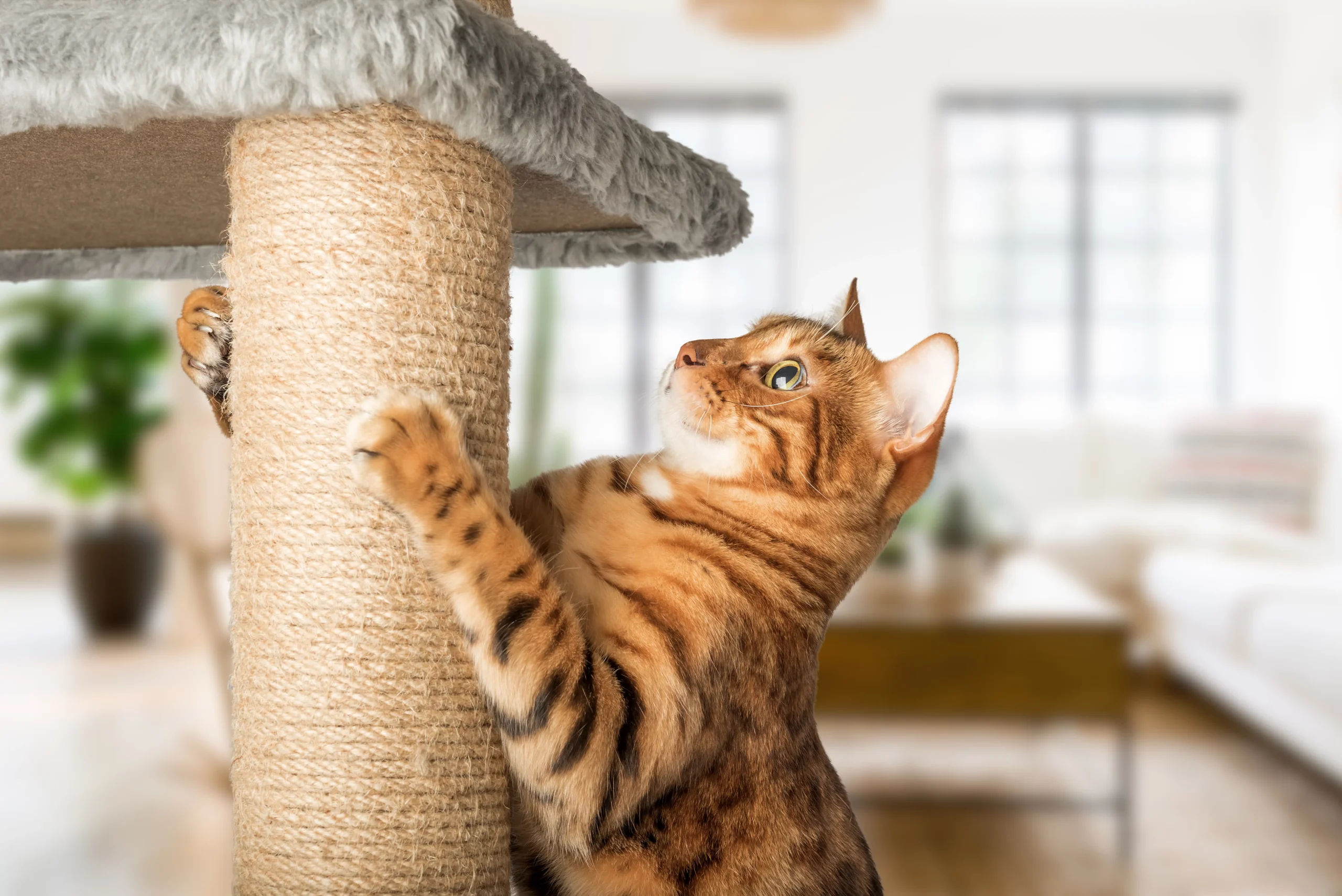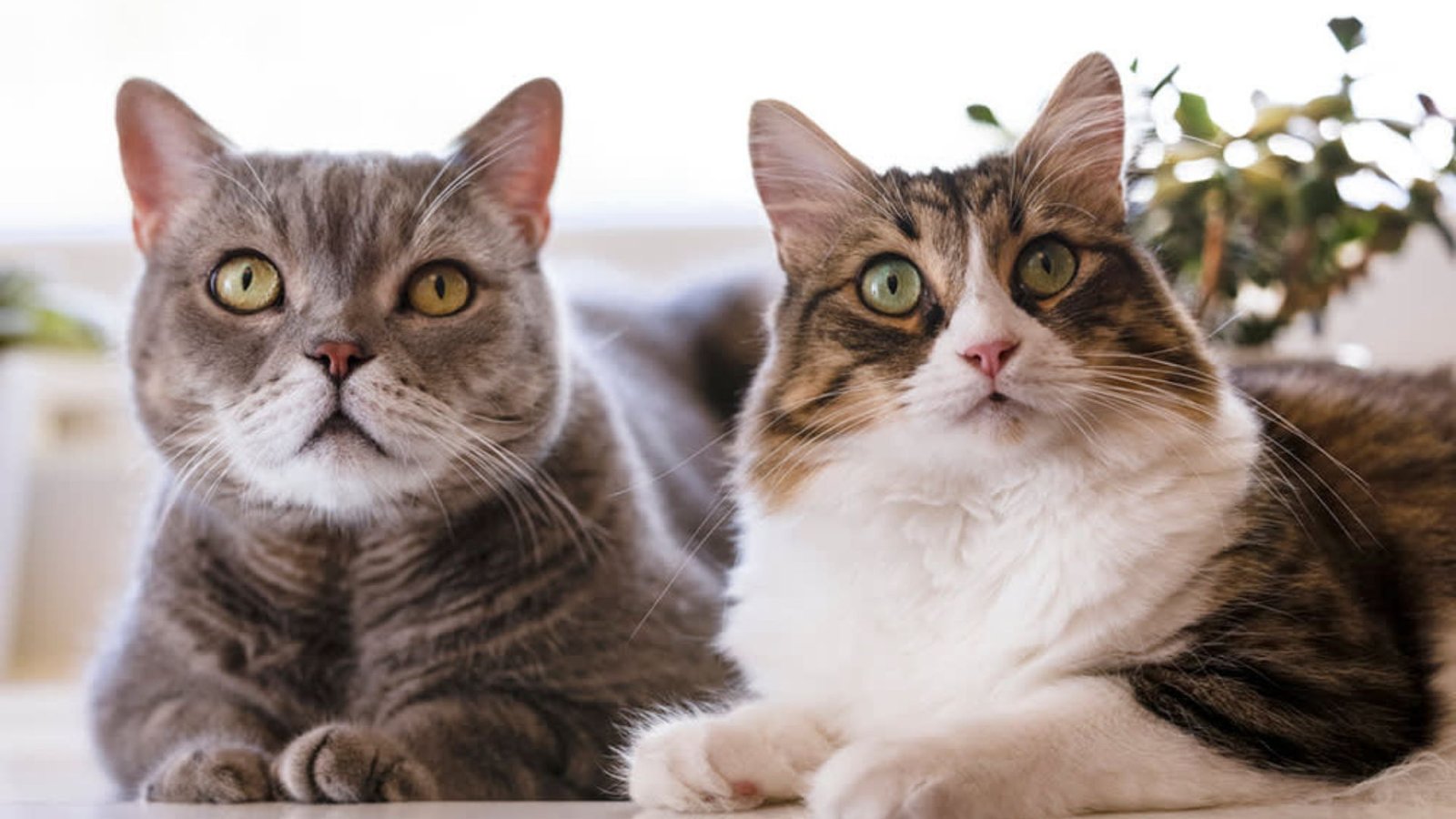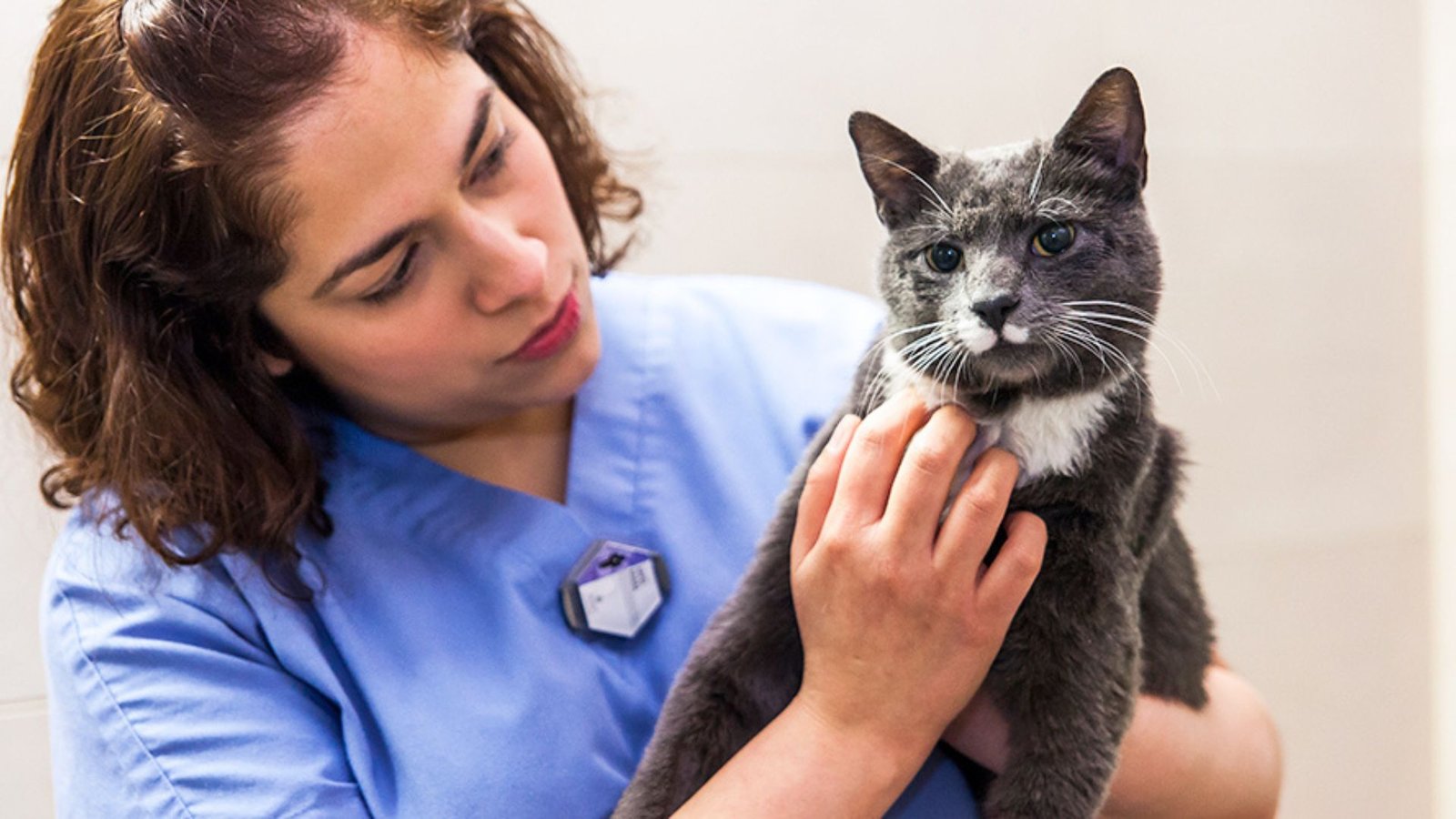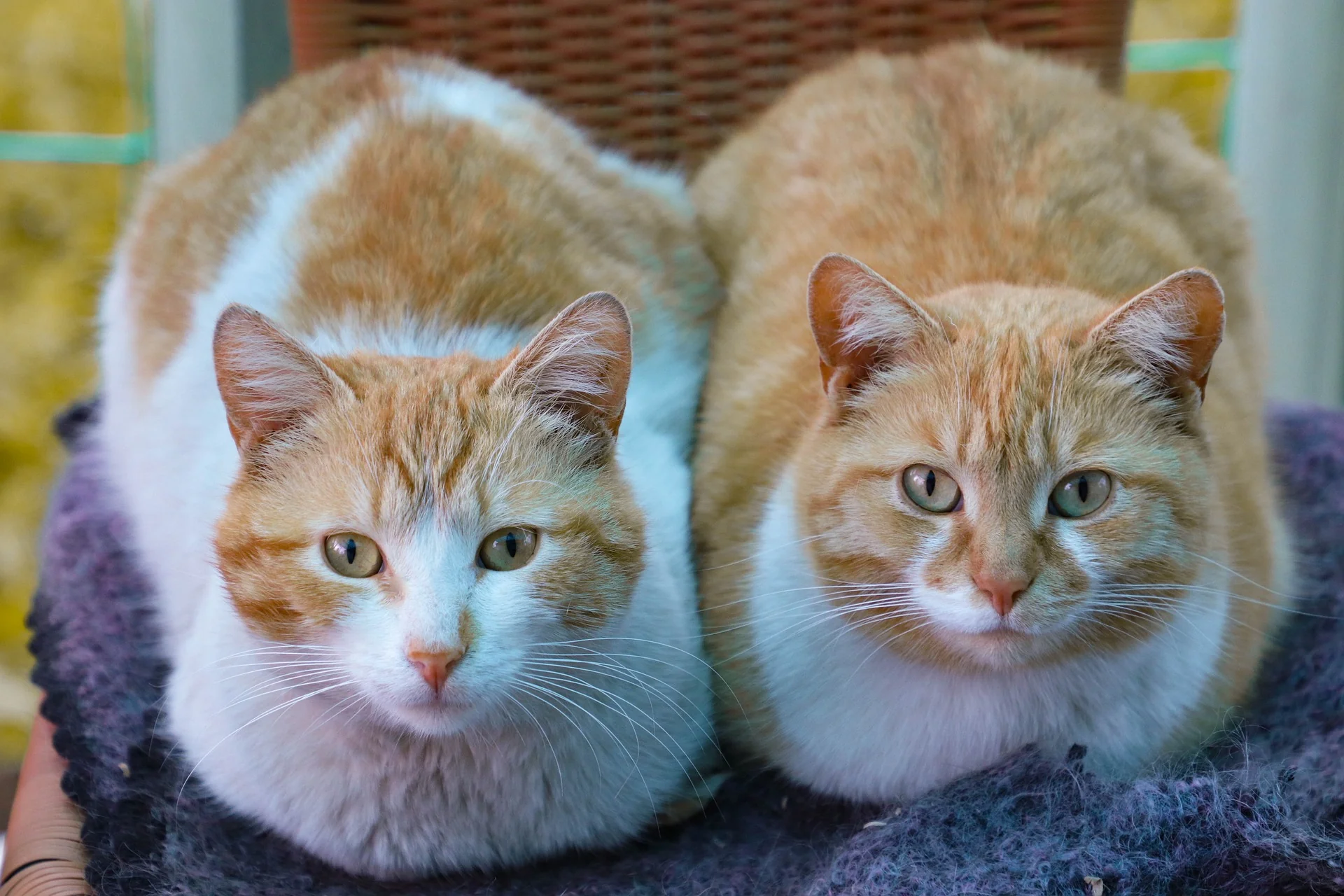A cat tree can be one of the most important additions to your home if you have a feline friend. It provides a safe space for your cat to climb, scratch, and relax. Not only do cat trees satisfy your pet’s natural instincts, but they also help keep your furniture safe from scratches. However, with so many different types and designs available, choosing the right one for your cat can be a daunting task. In this guide, we’ll explore key factors to consider when selecting the best cat tree for your pet.
1. Consider Your Cat’s Size and Weight
Cats come in all shapes and sizes, and it’s crucial to choose a cat tree that suits your pet’s size. A tree that is too small may not provide the comfort and space your cat needs, while a tree that’s too large may be difficult for them to navigate.
Key Considerations:
- Size of the Platforms: Ensure the platforms are large enough for your cat to comfortably sit, lay down, or perch.
- Weight Capacity: Some cat trees are designed for small or medium-sized cats, while others can support larger or heavier breeds. Be sure to check the weight capacity to ensure the tree will support your cat’s weight.
- Height of the Tree: Larger cats may prefer taller trees, while smaller cats or kittens may be better suited to shorter trees.
Benefits:
- Ensures comfort for your cat
- Prevents accidents from unstable platforms
- Promotes long-term use of the cat tree
2. Scratching Posts and Surfaces
Cats have a natural instinct to scratch, and a good cat tree should include surfaces that satisfy this behavior. Scratching is not only necessary for your cat’s claw health, but it also helps them mark their territory.
Key Considerations:
- Material of the Scratching Posts: Look for posts made from durable materials like sisal rope or cardboard. These materials are tough enough to withstand scratching and will prevent your cat from turning to your furniture.
- Positioning of Scratching Areas: The scratching posts should be placed at various heights or angles to allow your cat to stretch their body fully.
Benefits:
- Reduces the likelihood of your cat scratching furniture
- Keeps your cat’s claws healthy and strong
- Provides mental stimulation and a sense of territory
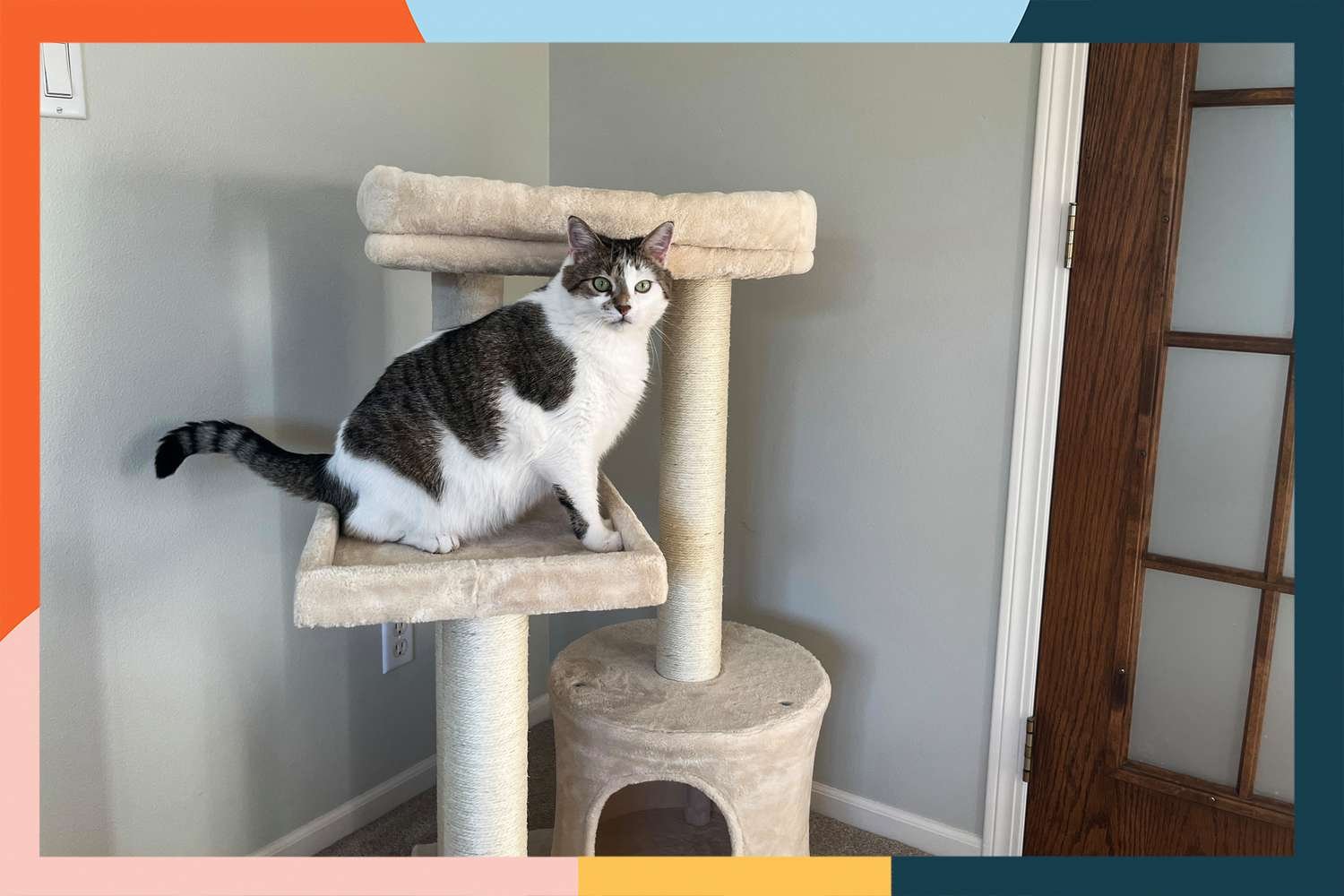
3. Levels and Perches for Climbing and Resting
Cats love to climb and observe their environment from high vantage points. A multi-level cat tree with various perches gives your pet the opportunity to explore, exercise, and relax in different positions.
Key Considerations:
- Number of Levels: A good cat tree will have several levels or platforms, allowing your cat to jump and explore different heights.
- Stability: Ensure that the tree is stable enough to support your cat’s jumping and climbing behavior without tipping over.
- Perch Size and Softness: Look for perches with soft, padded surfaces that offer comfort for your cat to lounge.
Benefits:
- Satisfies your cat’s instinct to climb and jump
- Provides space for multiple cats to coexist if necessary
- Helps your cat feel secure and gives them a place to hide or rest
4. Material and Durability
The materials used in the construction of the cat tree are crucial for its durability and comfort. A tree made from poor-quality materials may not last long or may be uncomfortable for your cat.
Key Considerations:
- Frame Material: Wood or engineered wood frames are sturdy and long-lasting. Avoid flimsy plastic or weak cardboard that could easily break under your cat’s weight.
- Covering Materials: Look for soft and durable fabrics such as fleece or faux fleece for cozy resting spots. These fabrics are comfortable and easy to clean.
- Cleaning Ease: Cats shed fur and may leave marks, so consider a cat tree that’s easy to wipe down or that has removable, washable cushions.
Benefits:
- Increases the longevity of the cat tree
- Ensures comfort for your cat
- Makes maintenance and cleaning easier
5. Consider Your Home’s Space and Style
Cat trees come in a variety of sizes and designs, so it’s important to choose one that fits your space and matches your home’s decor.
Key Considerations:
- Size of the Cat Tree: Measure the space where you plan to place the cat tree to ensure it will fit comfortably. You don’t want it to be too bulky or take up too much room in your home.
- Design and Color: Choose a design that blends well with your home’s decor. Modern cat trees come in sleek, minimalist styles that won’t clash with your furniture.
- Location: Place the tree in an area where your cat feels safe and has a good view of their surroundings. Cats enjoy observing the room from high places.
Benefits:
- Saves space and complements your home decor
- Makes sure the tree fits comfortably in your living area
- Enhances your cat’s sense of security
6. Price and Budget
Cat trees can range from inexpensive models to high-end, designer pieces. While a higher price tag may offer more features, it’s important to find a cat tree that fits your budget while still meeting your cat’s needs.
Key Considerations:
- Durability vs. Cost: Look for a tree that offers a balance of affordability and durability. Cheaper models might lack stability or sturdiness, while pricier options often include extra features that might be unnecessary for some cats.
- Long-Term Investment: Consider a cat tree as a long-term investment. A well-built tree may cost more initially but will last longer and provide better comfort for your cat.
Benefits:
- Ensures you find a cat tree that fits your budget
- Avoids wasting money on low-quality products
- Offers your cat long-lasting comfort
7. Multi-Cat Households
If you have more than one cat, you’ll need to choose a cat tree that accommodates multiple pets. Look for trees with multiple levels, perches, and scratching posts to give each cat enough space to claim their own spot.
Key Considerations:
- Multiple Levels and Platforms: A tree with several levels will allow each cat to have a perch or space to themselves.
- Multiple Scratching Posts: Ensure that there are enough scratching posts or surfaces to prevent territorial disputes.
- Size and Stability: Ensure the tree is sturdy enough to handle the weight of more than one cat, especially during playtime or if they tend to jump or climb simultaneously.
Benefits:
- Reduces conflicts between cats
- Provides personal space for each cat
- Ensures all cats in the household are entertained and stimulated
Conclusion
Choosing the best cat tree for your pet requires considering several factors, including your cat’s size, behavior, and preferences, as well as the design and durability of the tree itself. By taking the time to select a cat tree that fits your cat’s needs, you’ll provide them with a safe, stimulating, and comfortable environment to climb, scratch, and rest. Whether you’re choosing your first cat tree or upgrading to something more advanced, the right one will offer your feline friend endless hours of enjoyment and a perfect place to call their own.

